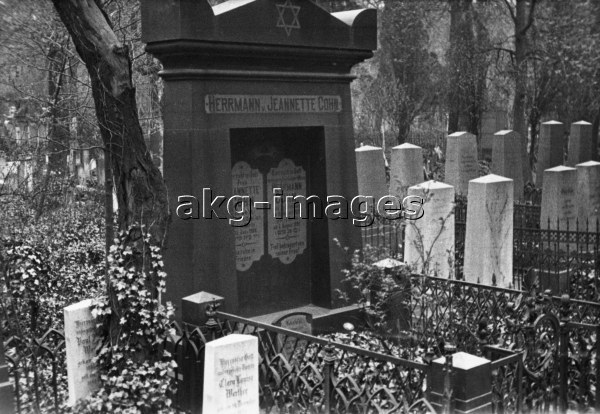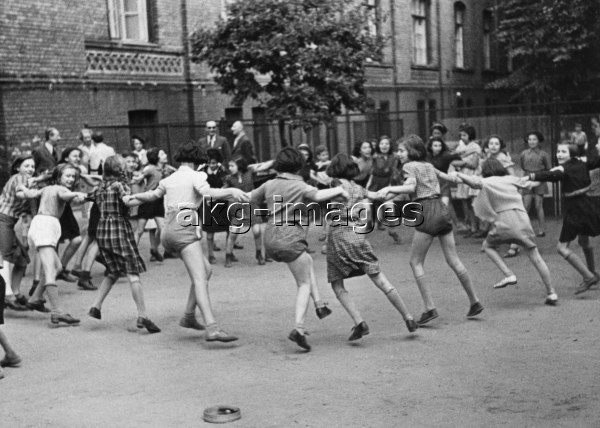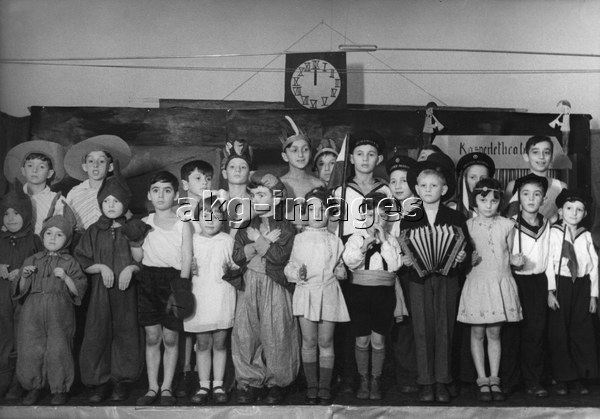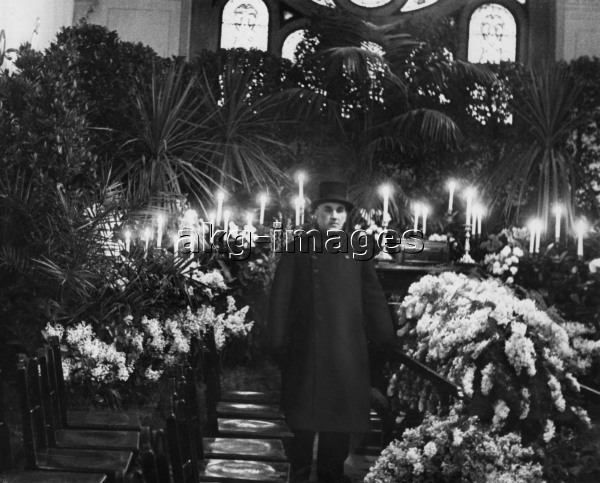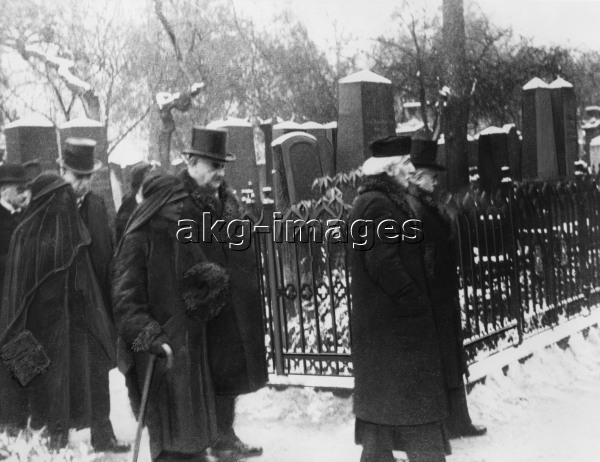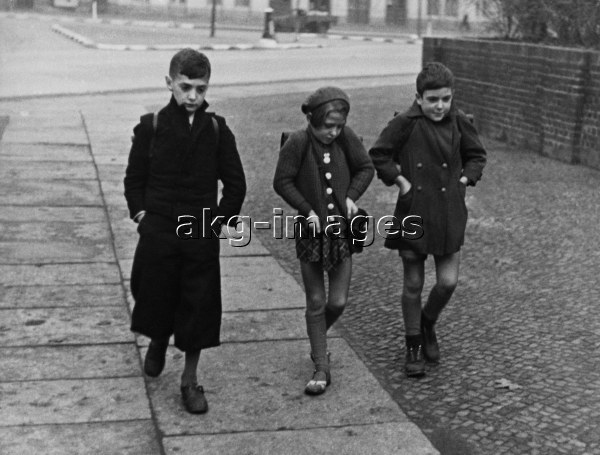History you can touch – Alone in Berlin
I have recently started reading the Hans Fallada book „Alone in Berlin“ which has just been republished in its complete version in German for the first time. It became a surprise hit in the UK in 2009 after its first English translation was published there and BBC Radio 4 even turned it into a classic serial in two parts.
Having moved to Berlin a few years ago, I now live very close to the streets described in the book, i.e. Prenzlauer Allee, Jablonski Strasse to name but a few. It is a very strange sensation to walk down those streets with the story of Otto and Anna Quangel still resonating in my head after reading the book on my way home from work. The streets around me come alive with their history and even more so, when I walk past one particular building on Prenzlauer Allee which has two so-called “Stolpersteine” (stumbling stones) in the pavement in front of the entrance.
These stumbling stones can be found all over Berlin and other German cities, commemorating the names and fates of inhabitants of the buildings, men, women, children and sometime whole families who were killed in the Nazi period in Berlin. They are very simple brass squares created by the Cologne artist Gunter Demnig and remind us that behind all the horrific numbers and fates were actual people – I can remember coming across them for the first time and it never fails to make me stop and think. To me as a German they are probably the best way of never allowing people to forget the atrocities that humans can inflict on each other.
The 1947 Fallada novel has been a revelation to many readers, the first novel by a German author to illustrate the resistance against the Nazi regime, however small, by ordinary citizens. It is brilliantly written and I haven’t been able to put it down ever since I started.
We are very privileged at akg-images to represent the Abraham Pisarek archive, a Jewish photographer who lived and worked in Berlin throughout the Nazi period. Officially he wasn’t allowed to carry out his profession any more after 1933 and so he worked exclusively for the Jewish community from then on. After being forced out of suburban Berlin home, he moved with his family to Berlin Mitte and many of his photographs were taken in and around the areas described in Fallada’s book. Evidence of the Jewish community is all around me in the cemetery, the synagogue and the many stumbling stones that remind us of the awful fate of many of Berlin’s citizens.
His images of Jewish life in the German capital are a fantastic reminder of the real life people as they are portrayed in Fallada’s book and I have been looking through his archive with renewed interest, and here are just a few to illustrate the richness of the material!


